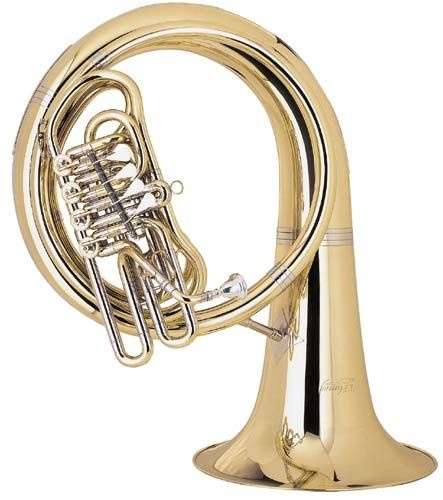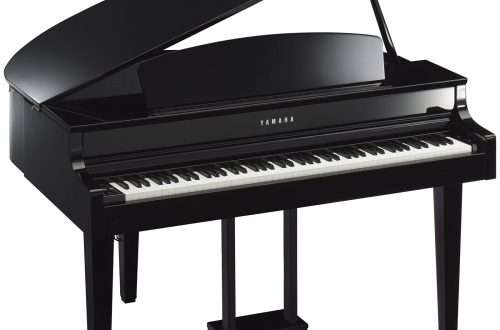
Heligon
Heligonka is one of the oldest types of accordions. The first records of this instrument come from the times of the famous Slovak robber Juraj Janosik of Terchová in the Mala Fatra mountain range. It is sort of a simpler, but seemingly only, version of harmony. In terms of dimensions, it is smaller than a standard accordion or harmony, and the heligon is most commonly used in folk music. It plays a very important role in the folk music of Bavaria, Austria, the Czech Republic and Slovakia. It came to the south of Poland in the nineteenth century from the depths of what was then Austro-Hungary. Thanks to its sound qualities, it has gained great popularity, especially among highlander bands. This tradition is very much cultivated to this day, especially in the Beskid Żywiecki area, where numerous reviews and competitions are organized.
Construction of Heligonka
The Heligonka, like the accordion, consists of the melodic and bass sides, and the bellows connecting both sides, which forces air into the individual reeds. Various species of trees were used for its construction. Most often, the outer part was made of the hardest species of wood, while the inner part could be made of the softer ones. There are of course different sizes of heligons, and the simplest ones have two rows of buttons on the melodic and bass sides. Such an important difference between a heligon and an accordion or other harmonies is that when you play a button to stretch a bell, it has a different height than to close the bellows. Similarly to the harmonica, where we get a different height for blowing air into the channel and a different height for drawing in air.
Playing heligonce
It may seem that, due to the relatively small number of buttons, not much can be won. Nothing could be more wrong because precisely because of the specific structure, which means that when we pull the bellows we get a different pitch than at the closing, the number of sounds we have at our disposal is automatically doubled in relation to the number of buttons we have. That is why proper handling of the bellows is so important when playing the heligon. There is no such rule here as when playing the accordion, that we change the bellows every measure, two or every given phrase. Here, the change of the bellows depends on the pitch of the sound we want to get. This is certainly a certain difficulty and requires a lot of sensitivity to skillfully operate the bellows.
Heligonek outfit
Heligonka is a diatonic instrument and this unfortunately also has its limitations. It is primarily assigned to a given outfit, i.e. the key in which we can play it. Depending on the region from which he comes from, the costume is characterized by a given model of heligon. And so, in Poland, heligons in C and F tuning are the most popular, but heligons in G, D tuning are also often used to accompany string instruments. for example: cornet.
Learning on heligonce
The Heligonka is not one of the simplest instruments and you just have to get used to it. Especially people who, for example, have already had some experience with the accordion, may be a little confused at first. First of all, one should understand the principle of operation of the instrument itself, the relationship between bellows stretching chords and its folding.
Summation
Heligonka can be called a typical folk instrument because it is precisely in folklore music that it finds its greatest use. Mastering it is not one of the easiest tasks, but after getting the first basics, playing on it can be a lot of fun.





